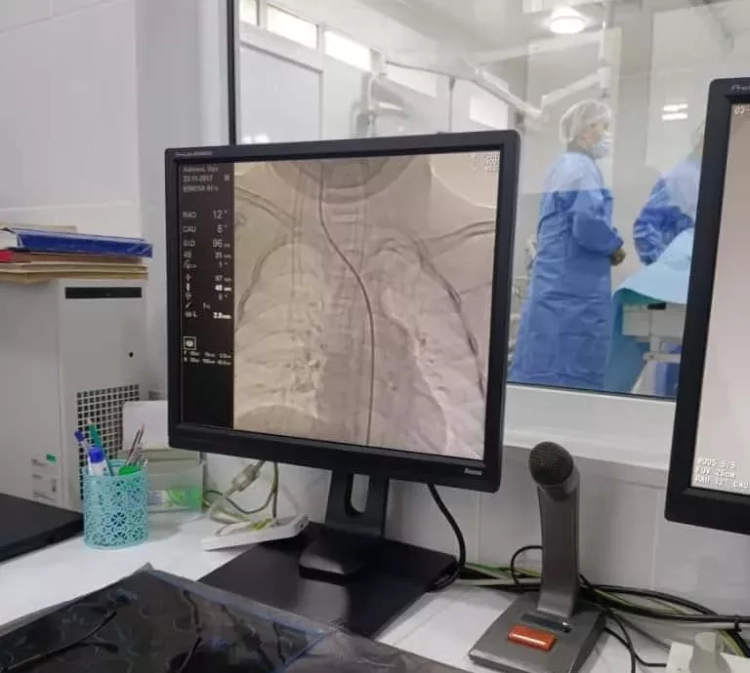- Igor Pershukov is a professor and head of the department of hospital therapy, as well as a member of the American College of Cardiology and the American Society of Cardiovascular Angiography and Interventions, working at Jalal-Abad State University.
Quote from his analysis:
“At the TCT 2025 (Transcatheter Cardiovascular Therapeutics 2025 https://www.tctconference.com/) conference, which takes place from October 25 to 28 in San Francisco (USA), interventional cardiology has become one of the central topics of discussion. This is the largest international forum dedicated to percutaneous interventions on the heart and vessels, which, along with EuroPCR in Paris, is one of the most important events in the field of cardiology.”
Within the framework of the event, results of clinical trials concerning patients who underwent coronary procedures have already been presented. In particular, a sub-study of the randomized FAME 3 trial, published in the JACC (Journal of the American College of Cardiology), showed that percutaneous coronary intervention (PCI) using stents is more cost-effective compared to coronary artery bypass grafting (CABG) for 1500 patients with lesions in all three major coronary arteries.
At the same time, the quality-adjusted life expectancy over five years turned out to be similar: 4.05 years for PCI and 4.03 years for CABG. PCI was performed with fractional flow reserve (FFR) assessment in stenosed arteries (50–90%), and the stents used had a drug coating of zotarolimus, which prevents restenosis.
The study results demonstrated that total costs over a five-year period were 30% higher for patients who underwent CABG — $36,990 compared to $25,667 for PCI (p < 0.001). At the same time, differences in mortality rates or in combined endpoints, including myocardial infarctions and strokes, were not statistically significant.
Interestingly, among patients under 65 years old who underwent CABG, a greater number retained their ability to work after five years: 56% compared to 47% among those who were stented. “Equal survival rates at five years in the FAME 3 study indicate that CABG does not provide long-term benefits that justify its significantly higher cost. Thus, PCI becomes a more economically sensible alternative,” emphasize the study organizers.
However, it should be noted that in the USA, the costs of both PCI and CABG are the highest compared to other countries, which may lead to less economic advantage for stenting in other regions. It is also important to note that the use of stents should be based on clinical trial data, even if their cost is significantly lower than the market price.”








































